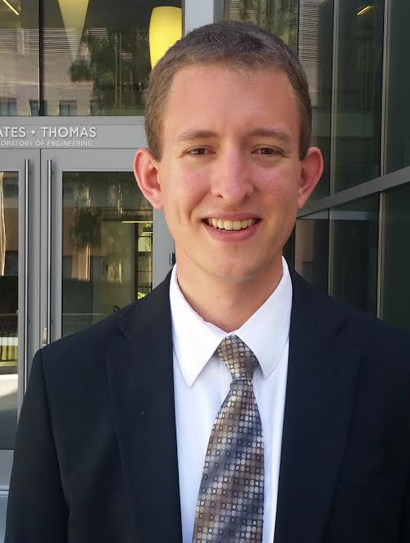A unified continuum dissipative thermodynamic model of grain boundary motion inspired by crystal plasticity
Events | Mechanical Engineering
A unified continuum dissipative thermodynamic model of grain boundary motion inspired by crystal plasticity
October 21, 2019 8:30 AM

Speaker
Brandon Runnels
Location
ESB 1001
Type
Seminar
Grain boundary (GB) migration is one of key underlying processes behind mechanisms ranging from recrystallization and solidification to work hardening. In addition to its dependence on grain boundary character, migration has a strong sensitivity to loading type and a single boundary can exhibit a wide gamut of behavior under different boundary conditions. This work aims to explain grain boundary motion as a dissipative process within a thermodynamic framework inspired by crystal plasticity. It unifies phenomena such as motion by driving force, shear coupling, mode switching, and stagnation as special cases of a general continuum evolution law for boundary motion. The model employs the principle of minimum dissipation potential, and introduces “dissipation energy” as an intrinsic GB property. Molecular dynamics is then used to measure dissipation potential values (in particular the “dissipation energy”) for a wide number of boundaries. Rate-independent dissipation energies are determined for a crystallographically diverse set of 388 Ni grain boundaries using atomistic simulations with two distinct types of physical driving forces: an applied stress and energy jump. Agreement of dissipation energies across driving forces provides verification for the framework. The model’s simplification of migration mechanisms provides a basis for unifying the observed varied grain boundary migration behavior subject to crystallography, driving force, and boundary conditions. The dissipation framework is adapted to a continuum model for stress-driven boundary motion. It is shown that this framework predicts grain boundary migration consistently with existing knowledge and atomistic simulation; in particular, “continuum disconnections” are shown to be the mechanism of motion.
Brandon Runnels is an assistant professor of mechanical and aerospace engineering at the University of Colorado Colorado Springs. He obtained his BS in Mechanical Engineering from New Mexico Tech in 2011 and his MS from Caltech in 2012. He completed his PhD work at Caltech in the Computational Mechanics group under the advisement of Professor Michael Ortiz, graduating in June 2015. He has been a faculty member at UCCS since August of 2015. His research interests include: differential geometry applied to continuum mechanics, multiscale modeling of plasticity, phase transformation and grain boundaries; and high performance methods for computational mechanics.